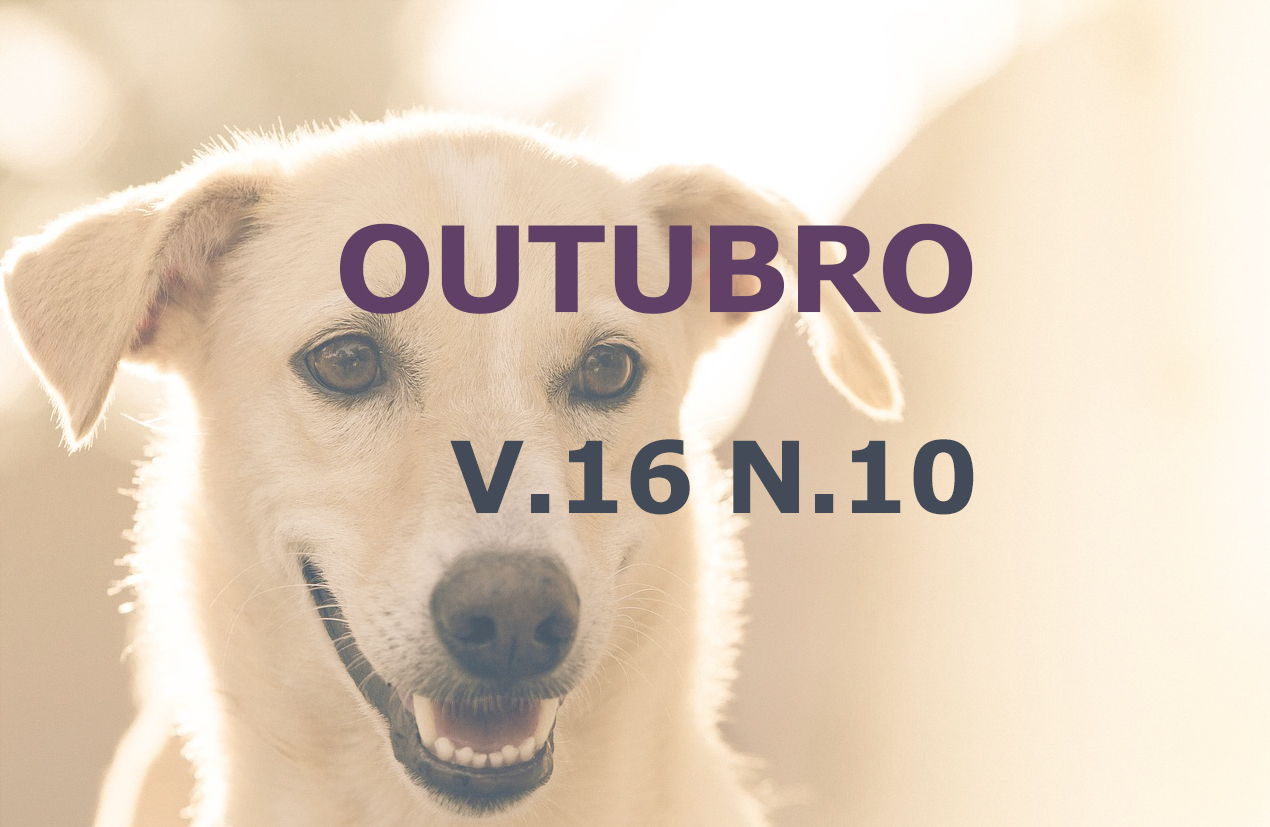Attenuation of right gastrocaval extrahepatic shunt with cellophane band in a dog: Case report
DOI:
https://doi.org/10.31533/pubvet.v16n10a1249.1-11Keywords:
Pug, vascular anomaly, gradual occlusion, congenital portosystemic shuntAbstract
Congenital extrahepatic portosystemic shunt is a vascular anomaly that consists in the communication between the portal and systemic circulation, causing substances normally metabolized and excreted by the liver to be diverted directly to the systemic circulation and triggering changes in neurological, gastrointestinal and urinary systems. Diagnosis is through imaging tests, such as ultrasound and computed tomography. For patient stabilization, initial clinical treatment is highly indicated, especially for those who manifest signs of hepatic encephalopathy, and the definitive treatment is gradual surgical attenuation. Currently, the most indicated techniques for shunt occlusion are the ameroid constrictor ring and the cellophane band, which have good long-term results. The prognosis of patients undergoing the surgical procedure varies according to the general condition of the patient at the time of diagnosis and the complications that may occur in the trans and postoperative periods, such as portal hypertension, seizures, hypoglycemia and failure to close the shunt. This report aims to describe a case of surgical attenuation of a right extrahepatic gastrocaval shunt using the cellophane band technique. The canine patient, pug, aged eight months, was treated at the Veterinary Hospital of the Federal University of Paraná, presenting neurological clinical signs and a previous diagnosis of portosystemic shunt. To determine the origin of the anomalous vessel and optimize surgical planning, computed angiotomography was indicated. Clinical treatment was instituted and, after 15 days, surgical attenuation of the shunt was performed using the cellophane band fixed with titanium clips. The patient showed signs of portal hypertension, ascites and postoperative hypoglycemia, which were treated during hospitalization. After 15 days of hospital discharge, the patient returned to the Veterinary Hospital with good general condition, absence of ascites and neurological signs and no significant changes were observed in laboratory tests, demonstrating the effectiveness of the chosen surgical technique.
Downloads
Published
Issue
Section
License
Copyright (c) 2022 Petra Cavalcanti Germano, Jéssica Martinelli Victorino, Luciana de Castro Barcelos, Jaqueline Gembarowski, Peterson Triches Dornbusch, Roberta Carareto

This work is licensed under a Creative Commons Attribution 4.0 International License.
Você tem o direito de:
Compartilhar — copiar e redistribuir o material em qualquer suporte ou formato
Adaptar — remixar, transformar, e criar a partir do material para qualquer fim, mesmo que comercial.
O licenciante não pode revogar estes direitos desde que você respeite os termos da licença. De acordo com os termos seguintes:
Atribuição
— Você deve dar o crédito apropriado, prover um link para a licença e indicar se mudanças foram feitas. Você deve fazê-lo em qualquer circunstância razoável, mas de nenhuma maneira que sugira que o licenciante apoia você ou o seu uso. Sem restrições adicionais
— Você não pode aplicar termos jurídicos ou medidas de caráter tecnológico que restrinjam legalmente outros de fazerem algo que a licença permita.





